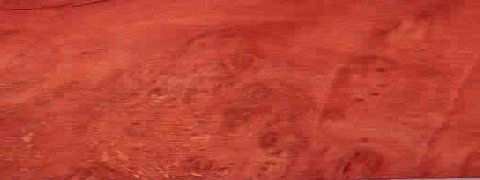engineer one
Established Member
so there i am like everyone trying to do too many different things,
and i thought do i hand plane, or machine plane some of my more
recent lumps of beech, oak and cherry?
obviously when you start to hand plane you can feel to an extent with
simple(whoops sorry :twisted: ) woods, the grain direction,
but if it is totally rough cut, do the various stars of this forum have
a quick, dirty and easy way to figure out grain direction before they
start???
having light blue touch paper now retreats from outbreak of laughter :lol:
paul :wink:
and i thought do i hand plane, or machine plane some of my more
recent lumps of beech, oak and cherry?
obviously when you start to hand plane you can feel to an extent with
simple(whoops sorry :twisted: ) woods, the grain direction,
but if it is totally rough cut, do the various stars of this forum have
a quick, dirty and easy way to figure out grain direction before they
start???
having light blue touch paper now retreats from outbreak of laughter :lol:
paul :wink:







